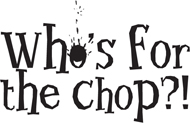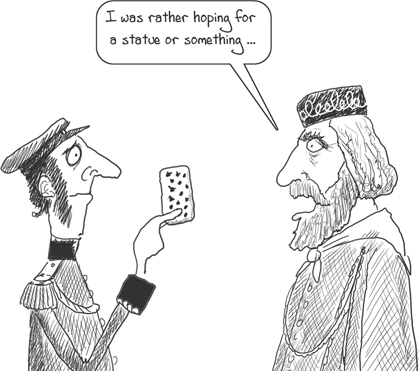
Imagine the blood-curdling screams of a victim on the guillotine, that tall frame with a razor-sharp blade that was once used to slice off the heads of prisoners condemned to death. The guillotine was used hundreds of times during the French Revolution, often in front of huge crowds, but can you believe it was actually invented to make the chopping off of heads LESS painful?! Before then, swords were used, and they didn’t always work very well, causing a lot of, er, mess. Of course, this punishment was only for the nobles — the common people were usually hanged.
And this is where Joseph Ignace Guillotin came in. He was a French doctor who recommended the use of a ‘kinder’ and quicker beheading contraption for everyone. And he also gave his name to the grisly machine.
‘Guillotine’ is what is known as an ‘eponym’ — an object that is named after its inventor. There are lots of them in English, each with a hidden story behind them.
Jules Léotard, for example, was a French trapeze artist who gave his name to the all-in-one suit still worn by gymnasts today.
The word ‘panic’ comes from the Greek god Pan, whose sudden appearance from the woods once terrified people.
The ‘biro’ was invented by Lazslo Biro, and the ‘Bunsen burner’ by Robert Wilhelm Bunsen, a German chemist.
The spinning ‘Catherine Wheel’ that most of us love on Fireworks Night is named after the Christian saint, Catherine, who was condemned to death by a Roman emperor and killed on a spiked wheel, a terrible instrument of torture.
And the Garibaldi biscuit (known to some as squashed flea biscuits because of their appearance!) were named in honour of Guiseppe Garibaldi, a Italian general.
